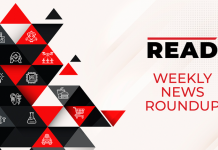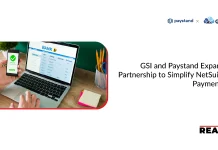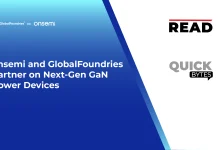S&P Global announced the successful acquisition of TeraHelix, a privately held financial technology firm. TeraHelix helps solve complex, enterprise-scale data challenges by providing frameworks that structure data models for smooth interoperability across platforms, systems and storage architectures.
This acquisition strengthens S&P Global’s customer-centric approach to data, technology, and AI by meaningfully enhancing the ability to link datasets across classes and platforms. TeraHelix’s capabilities improve data interoperability and simplify integration with a range of implementation technologies, while expanding access, connectivity and actionable insights across several data classes – including company, security, people and asset level data.
“Bringing TeraHelix’s innovative technology into S&P Global’s portfolio strengthens our ability to meet the growing demand for trusted, integrated data solutions, further expanding the ways we help customers power their AI journeys,” said Saugata Saha, Chief Enterprise Data Officer of S&P Global and President of S&P Global Market Intelligence.
Also Read: Digitate Advances Agentic AI Platform to Accelerate Enterprises Towards Autonomous, Ticketless IT and Business Operations
Since 2021, TeraHelix has partnered with S&P Global, contributing technology that has strengthened S&P Global’s product suite and played a key role in developing Gearbox, S&P Global’s large language model-powered data linking and matching solution. The solution also leverages Kensho Link, an advanced machine-learning model that disambiguates entity names to S&P Global’s unique identifiers.
Mr. Saha added: “The success of our partnership with TeraHelix has already seen strong results through Gearbox, which enhances the ability to automate complex data workflows, improve efficiency gains, and deliver greater value to customers at scale.”
The integration of TeraHelix into S&P Global’s Enterprise Data Organization – the company’s centralized data and technology function – will give customers new capabilities to advance their AI and generative AI roadmaps, including more sophisticated ways to structure enterprise data models that operate across diverse technology environments.
SOURCE: PRNewswire




